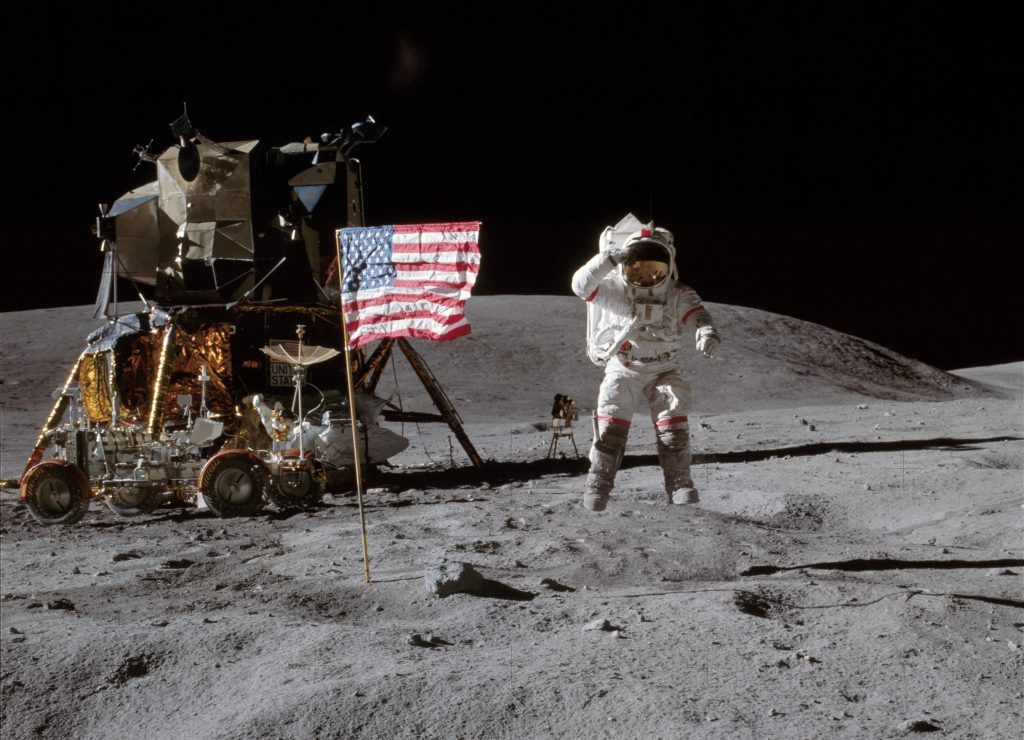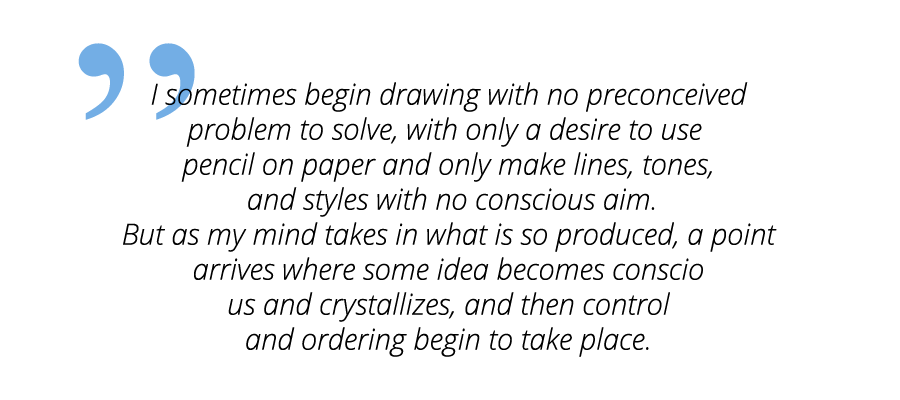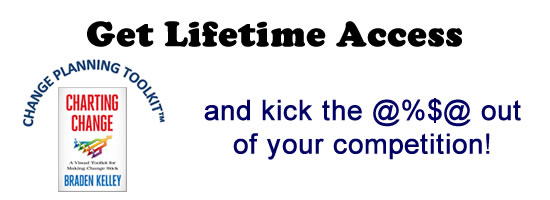The Power of Problem Exploration
“‘Houston, we’ve had a problem here.” John Swigert’s famous words, delivered in a voice as calm and clear as the mountain air in his native Denver, Colorado. But to the Apollo 13 mission controllers thousands of miles below in Texas, this fired the starting gun in a race against time. At 3:08 a.m. UTC on April 14, 1970, an explosion in the main oxygen tanks and the failure of a major part of the electrical system suddenly put the Apollo crew’s lives at risk. The extreme conditions in which they had to work to repair it required rapid creative thinking on the part of a large group of people on the ground and aboard the ship itself.

As the drama unfolded, the whole world watched, holding its breath. This wasn’t a simple case of pulling a ready-made solution off the shelf; instead, it required exploring the nature and dimensions of the problem, redefining and shaping it. Only then did the solution route become apparent, emerging gradually as a direction worth traveling in.
Let’s move to a different world and try, for a moment, to climb inside the mind of an artist trying to come up with something novel and of artistic value. This was what researchers Mihaly Csikszentmihalyi and Jacob Getzels did in 1971 working with a group of art students. They gave the students a table on which there were about 30 objects and observed them as they carried out the task of constructing a “still life” composition from them.
The results were powerful. These artists didn’t simply place the objects randomly and start to paint; instead, they explored, arranged and rearranged, selected, and abandoned. They took time climbing around the challenge in front of them, exploring it carefully before finally embarking on their particular journey through the landscape offered by the resources table.
When a group of experienced professors evaluated the work, there was a clear link between the quality of what the students produced and the amount of time and effort they had spent in this exploration stage. Csikszentmihalyi and Getzels called this “discovery orientation.”
Perhaps of even more importance was that when the researchers followed up with their subjects later in their working lives as artists, they found that their successful performance (now being evaluated by people buying their creations or galleries selecting their work for exhibition) was closely predicted by the approach they had shown in this early experiment. Problem exploration correlates with high-quality creativity.
What we do in the early stages of working with a problem matters. We may not even be aware that it is a problem.
As the sculptor Henry Moore observed:

Problem identification vs. problem definition
Sometimes the problem can be like a toothache, nagging away in the background but not drawing our full attention. James Dyson wasn’t the first person to be frustrated at the inability of his vacuum cleaner to pick up all the dust and the need to keep changing the bag. But eventually something snapped in his engineer’s mind, and he took the recalcitrant machine to his workshop to try to improve things.
Crawling around the apparent problem of an inefficient filtering mechanism – the particles of dust blocked the pores of the bag and so quickly reduced its effective suction – he suddenly had a flash of insight. The actual problem wasn’t one of a better bag but whether or not you needed a bag at all. What if you could make a bag-less cleaner that uses a different way of separating out the dust from the air being sucked through?
What Dyson, the Apollo team, and countless other innovators recognize is that it’s worth differentiating between merely acknowledging that there is a problem to solve (problem identification) and how to make it operational and workable (problem definition and redefinition).
The influential psychologist David Kolb suggested that the process is a little like watching a detective at work, “gathering clues and information about how the ‘crime’ was committed, organizing those clues into a scenario of ‘who done it’ and using that scenario to gather more information to prove or disprove the original hunch.â€
Unconscious processes & moments of insight
Part of the challenge here is that unconscious processes play a role; problem finding is often linked to moments of insight or intuition. We catch a glimpse of something about the problem which triggers an “aha!” moment – a new way of looking at the problem. This idea was first advanced in 1926 by Graham Wallas who argued that creative problem-solving involved an element of unconscious “incubation” which was often characterized by a sense of “intimation” as we became consciously aware of the insight at which our brains had arrived.
A team led by Gordon Bower at Stanford University began developing a theory around incubation and suggested that this isn’t simply a flash of inspiration – there’s an underlying process going on which involves two stages:
- A “guiding stage,” where coherence or structure is unconsciously recognized and used
- An “integrative stage,” where coherence makes it way to consciousness
Have you ever gone to bed feeling annoyed and agitated because you’re wrestling with a problem? Finally, you give up on it and turn out the lights. Then, when you wake the next morning, the solution is staring you in the face. It sits there, and you’re not only pleased that it arrived but you also have a clear sense of “aha!” – you know it’s the right answer. What you experience is the transition between the two stages in Bower’s model.
So, insight is not luck but the sum of various behaviors going on before that moment. And this fits with current neuroscience. For example, Jacob Hohwy’s idea of “the predictive mind,” which suggests that when we meet a problem situation, our brain produces candidate solutions for this using models based on past experience. We may have to modify the models to suit the particular circumstances of our current problem. It’s not always a simple matter of plug-and-play – but essentially, we reapply templates which we already have on file.
In other words, we begin the problem exploration by looking for something which we recognize – problem re-cognition. But if we can’t find a match, we start a secondary activity which is searching for new solutions to the new situation – essentially reframing, rethinking the problem.

Developing ‘discovery orientation’
But what does all of this mean for our approaches to innovation? If we’re moving along an established trajectory, doing what we do but better – the second or third version of our product, the latest update to our software, the improvement to our established process – then such incremental innovation will draw extensively on what we already have on our mental shelves. But if we’re looking for a radical solution, trying to break out of the box, then we need to look at how we might help with the task of exploration towards a new solution.
- Trust your gut feeling – intuition is a powerful clue to emerging directions of interest, and it isn’t always possible to explain why you feel this is a direction worth exploring. Research on product developers looking for new technologies found that experienced engineers recognized the value of this and followed up on their early “hunches” about interesting directions to follow.
- Prototype to explore – one of the powerful reasons behind the use of prototypes and minimal viable products is that they offer “boundary objects,” which make very early ideas available for others to play with and explore. Their value is that they are not the final answer, may be a long way from it, but the process of exploring and interacting can lead to key insights around which the innovation can pivot.
- Look with new eyes – get fresh insights and questions from someone who is unfamiliar with the problem being identified. By definition, they know nothing about it so they will ask different questions – sometimes naïve but sometimes cutting through to reveal a novel insight.
- Broadcast search – much of the growing evidence around crowdsourcing of ideas for innovation is that by broadcasting a challenge widely we will pick up increasingly diverse perspectives on a problem. The power of innovation markets like Innocentive.com is less that they function as a replacement for our own thinking than that they allow us to access very different ways of looking at our problem. In their studies of the 250,000 regular solvers working on that platform, Lakhani and Jeppesen found it was this diversity which helped lead to novel solutions.
- Construct crisis – under extreme conditions, conventional off-the-shelf approaches may not be suitable, and we need to explore radical alternatives. For example, the origins of “lean” thinking – an approach to process innovation which has changed the world – emerged out of a crisis in resources.
Post-war Japanese manufacturers were forced to rethink the entire production process and come up with a low-waste alternative approach – they had to explore and reframe what they were doing. Lockheed’s famous Skunk Works managed to develop a jet fighter aircraft within six months from a zero base and without even having a working jet engine with which to experiment. A growing body of research suggests that creating crisis conditions can be a spur to novel insights and valuable new directions for problem-solving.
In the end, it comes back to the idea of problem exploration, playing with the possibilities just like the artists did back in the early research on discovery orientation. It’s a principle Albert Einstein understood rather well – and his words remain a useful source of advice for would-be innovators:
 (For more about problem exploration and other applications of research on creativity and innovation see our book, “Creativity for innovationâ€).
(For more about problem exploration and other applications of research on creativity and innovation see our book, “Creativity for innovationâ€).
Wait! Before you go…
Choose how you want the latest innovation content delivered to you:
- Daily — RSS Feed — Email — Twitter — Facebook — Linkedin Today
- Weekly — Email Newsletter — Free Magazine — Linkedin Group
John Bessant has been active in research, teaching, and consulting in technology and innovation management for over 25 years. Today, he is Chair in Innovation and Entrepreneurship, and Research Director, at Exeter University. In 2003, he was awarded a Fellowship with the Advanced Institute for Management Research and was also elected a Fellow of the British Academy of Management. He has acted as advisor to various national governments and international bodies including the United Nations, The World Bank, and the OECD. John has authored many books including Managing innovation and High Involvement Innovation (Wiley). Follow @johnbessant
has been active in research, teaching, and consulting in technology and innovation management for over 25 years. Today, he is Chair in Innovation and Entrepreneurship, and Research Director, at Exeter University. In 2003, he was awarded a Fellowship with the Advanced Institute for Management Research and was also elected a Fellow of the British Academy of Management. He has acted as advisor to various national governments and international bodies including the United Nations, The World Bank, and the OECD. John has authored many books including Managing innovation and High Involvement Innovation (Wiley). Follow @johnbessant
NEVER MISS ANOTHER NEWSLETTER!
LATEST BLOGS
The Incredible Shrinking Laptop
As technology advances and people’s demands for ever-thinner, ever-lighter laptops increase, more and more the thickness of a laptop is…
Read MoreA Revolution in Management Consulting?
Management consulting firms are built on a model that requires the maintenance of a bench of their people to staff…
Read More



